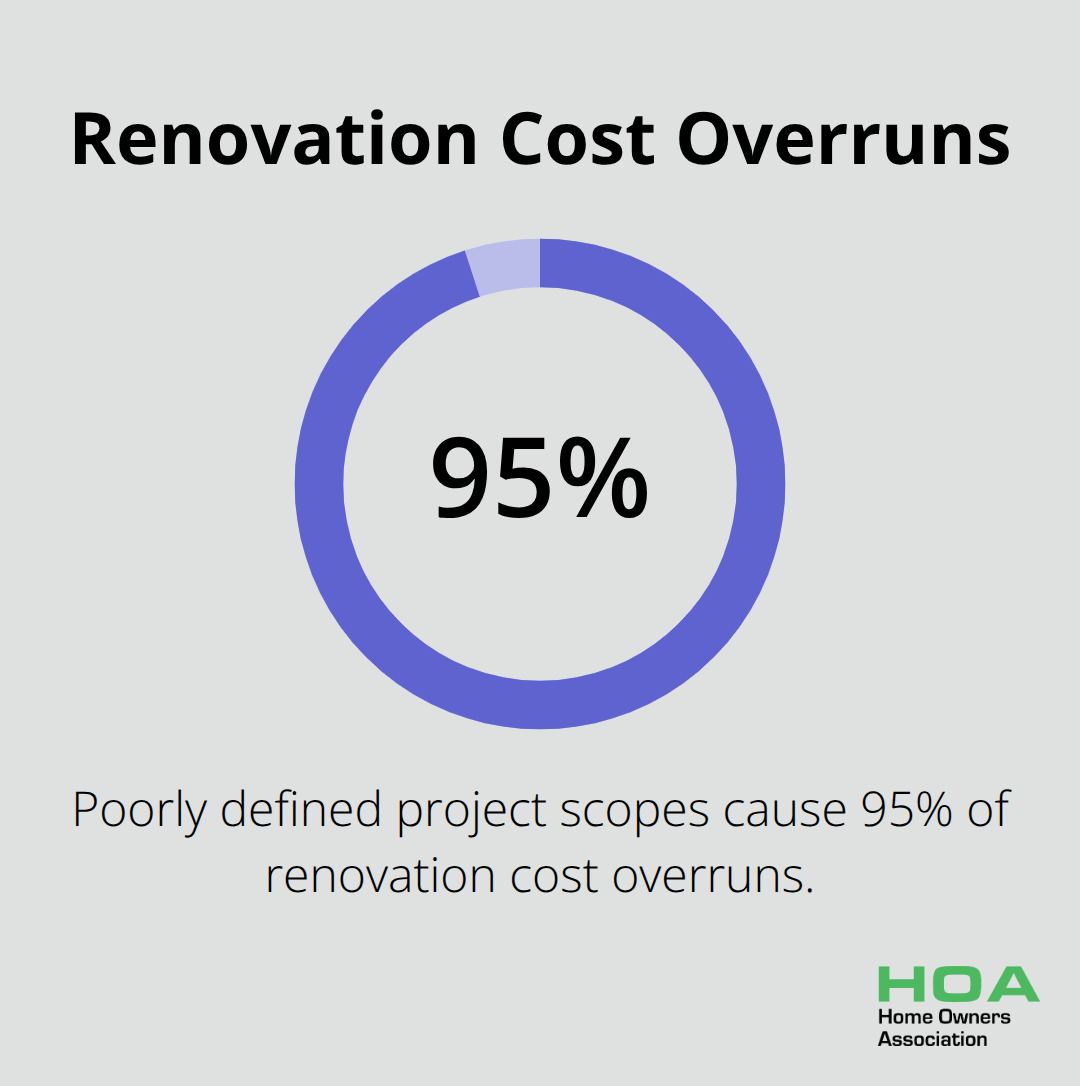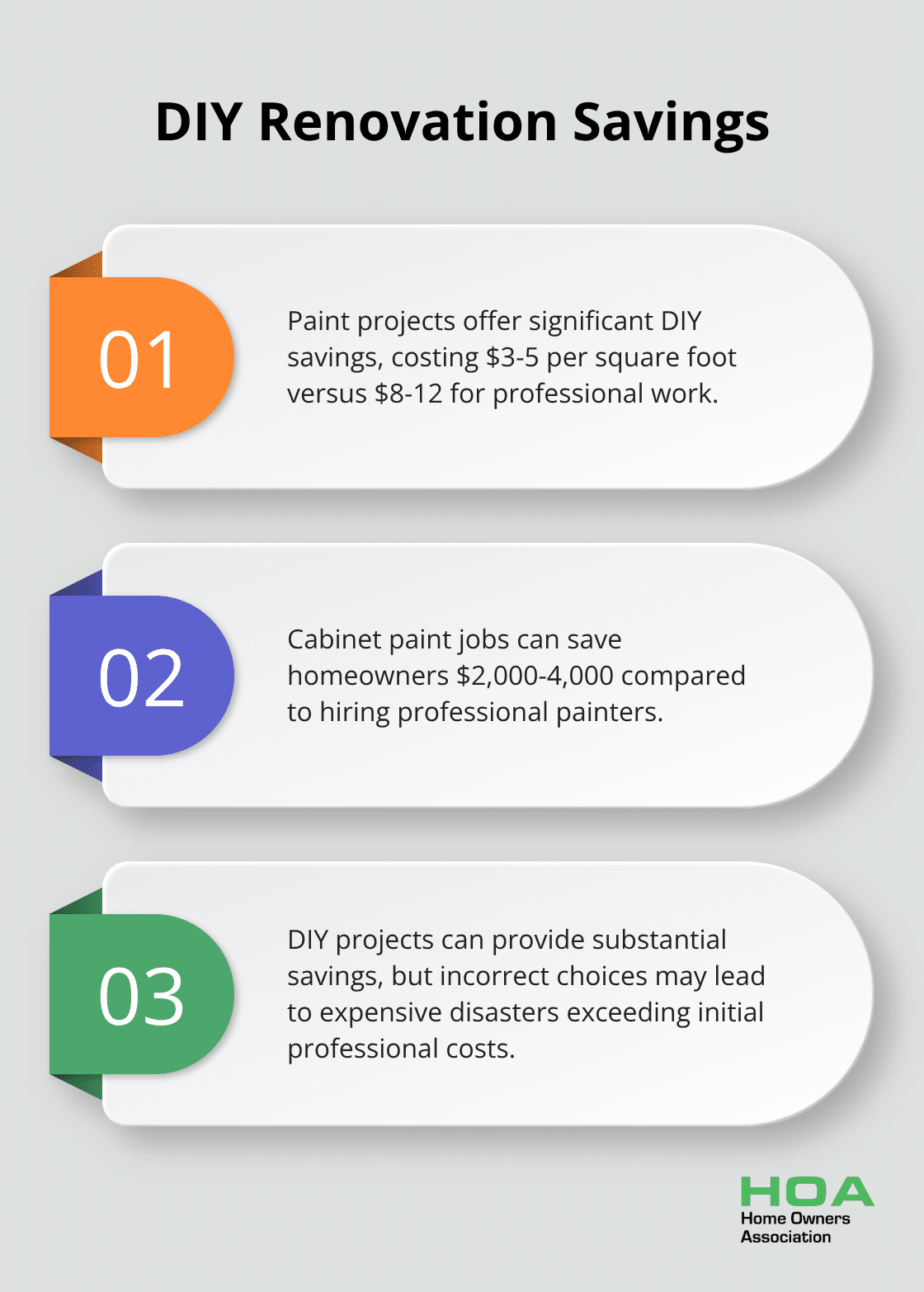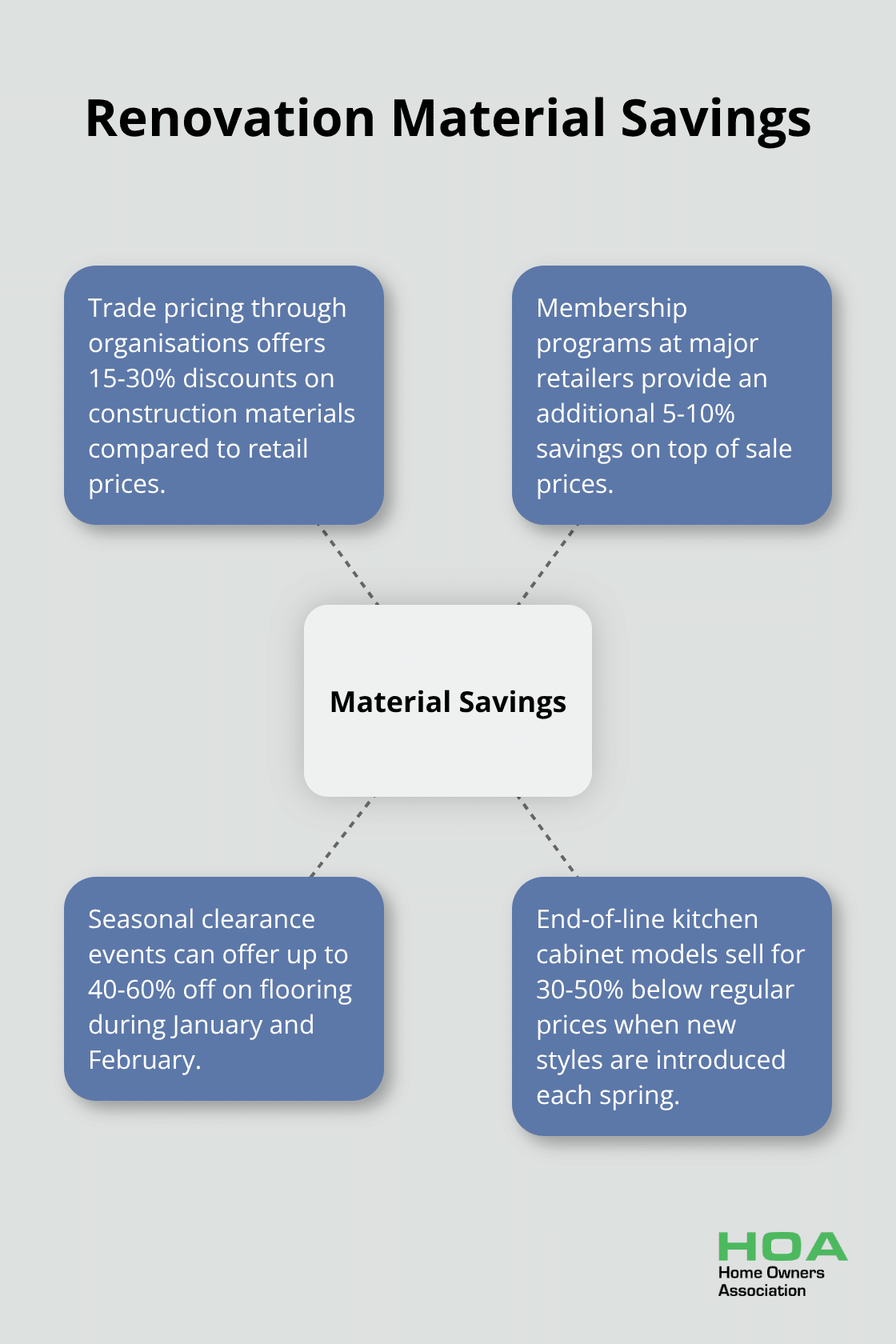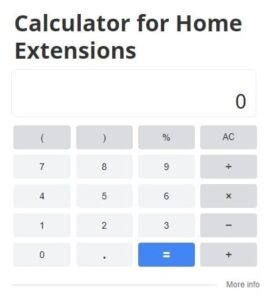
Home renovation costs have skyrocketed 40% since 2020, but smart homeowners still find ways to transform their spaces without breaking the bank.
We at Home Owners Association believe that affordable renovation ideas can deliver impressive results when you know where to focus your efforts. The key lies in strategic planning, smart material choices, and knowing which projects to tackle yourself versus when to hire professionals.
What Budget Should You Set for Your Renovation?
Set Your Financial Limits with Brutal Honesty
Your renovation budget demands complete honesty about your finances and project scope. Poorly defined project scopes cause 95% of renovation cost overruns, which creates half-finished projects and financial stress. Start with your absolute maximum spending limit, then subtract 20% for unexpected expenses. This contingency fund becomes non-negotiable when you encounter structural surprises or outdated electrical systems that need upgrades.

Target Kitchen and Bathroom Projects First
A minor kitchen remodel costs an average of $27,492, with an average return of $26,406 at resale, while bathroom updates return 71%. These rooms drive home value more than any other space. Skip the living room wallpaper project and concentrate your budget where buyers notice most. A $15,000 kitchen refresh beats a $15,000 basement renovation every time for both daily enjoyment and resale value.
Track Material Prices Before You Buy
Lumber prices fluctuate 15-25% seasonally, with lowest prices typically occurring in January and February. Tile costs vary dramatically between big box stores and specialty retailers (sometimes differing by 40% for identical products). Get three quotes minimum for major purchases like flooring, cabinets, and appliances. Track prices for two weeks before you buy to spot the best deals and avoid impulse purchases that destroy budgets.
Calculate Labour Costs Separately
Labour typically accounts for 35-50% of total renovation costs, depending on your project complexity. Electricians charge $50-100 per hour, while plumbers command $75-150 per hour in most markets. General contractors add 15-25% markup on subcontractor work (plus their own profit margin). Factor these rates into your budget early to avoid sticker shock when quotes arrive.
Now that you have your budget framework established, the next decision becomes which projects you can handle yourself versus which ones require professional expertise.
Which Tasks Should You Handle Yourself
DIY projects can provide savings on renovation costs, but wrong choices create expensive disasters that cost more than professional work initially. Paint projects deliver the highest DIY return at $3-5 per square foot versus $8-12 for professional work, while cabinet paint jobs save $2,000-4,000 compared to hired painters.

Floor installation offers massive savings when you tackle laminate or luxury vinyl plank projects yourself, reducing costs from $8-15 per square foot installed to just $2-4 for materials. Simple electrical work like switch, outlet, and light fixture replacement saves $75-150 per hour in electrician fees (though you must check local permit requirements first).
Master These Money-Saving DIY Projects
Bathroom updates like faucet, showerhead, and toilet seat replacement cost $50-200 in materials versus $300-600 with professional installation. Kitchen cabinet hardware replacement takes one weekend and costs $3-8 per handle compared to $15-25 installed. Tile backsplash installation saves $800-1,200 in labour costs, though waterproofing mistakes behind wet areas create $3,000-5,000 repair bills later. Landscape work and exterior paint jobs offer huge DIY savings, with power wash equipment rental at $50 versus $300-500 for professional service.
Never Attempt These Professional-Only Tasks
Electrical panel work, gas line installation, and structural modifications require licensed professionals and permits that cost $2,000-10,000 when done wrong. Plumbing behind walls demands expertise because water damage from leaks averages $7,000-15,000 in repairs. Roofing work presents significant safety risks, with 5,283 fatal work injuries recorded across all industries in 2023, making professional installation worth every penny. HVAC installation requires specialised tools and knowledge about refrigerant handling that DIY attempts void warranties and create safety hazards.
Once you decide which projects to tackle yourself, smart material shopping becomes your next priority for maximum budget stretch.
Where Can You Find the Best Material Deals
Material costs consume significant portions of renovation budgets, which makes smart shopping your fastest path to significant savings. Trade pricing through organisations delivers 15-30% discounts on construction materials compared to retail prices, while membership programs at major retailers offer additional 5-10% savings on top of sale prices. Seasonal clearance events provide the deepest discounts, with flooring retailers clearing inventory at 40-60% off during January and February. End-of-line kitchen cabinet models sell for 30-50% below regular prices when manufacturers introduce new styles each spring.

Access Trade Discounts and Membership Benefits
Home Owners Association members throughout Australia access exclusive trade pricing that saves thousands on renovation projects, with discounts that apply to everything from lumber to luxury finishes. Bunnings Trade accounts offer 5-15% discounts plus extended payment terms for larger purchases, while Reece Plumbing provides trade pricing that reduces bathroom fixture costs by 20-40%. Masters Home Improvement membership programs stack discounts during sale periods, which creates savings opportunities of 25-35% on paint, tools, and hardware.
Target Seasonal Sales and Clearance Events
February and March clearance sales at tile retailers clear winter inventory at 50-70% discounts, while August appliance sales coincide with new model releases that drop previous year prices by 25-40%. Carpet retailers slash prices 40-60% during January slow periods, and paint manufacturers offer rebates worth $5-15 per gallon during spring promotion periods. Lumber yards reduce deck material prices 20-30% during late fall when outdoor project demand drops significantly.
Source Quality Reclaimed Materials
Architectural salvage yards sell reclaimed hardwood floors for $3-8 per square foot versus $12-20 for new materials, while vintage fixtures cost 60-80% less than reproduction pieces. Demolition companies sell used brick at $0.30-0.60 per brick compared to $0.80-1.50 for new materials. Facebook Marketplace and Gumtree feature quality renovation materials from completed projects (though inspection becomes critical for structural components).
Compare Prices Across Multiple Suppliers
Big box retailers often price-match competitors, but independent suppliers frequently beat chain store prices on specialty items by 15-25%. Online suppliers eliminate showroom overhead costs and pass savings to customers through direct-to-consumer pricing models. Local trade suppliers offer bulk discounts that reduce per-unit costs when you purchase materials for multiple rooms or coordinate with neighbours on joint orders.
Final Thoughts
Budget renovations prove their worth through real homeowner transformations across Melbourne. Sarah from Fitzroy spent $8,500 on her kitchen refresh with trade prices and DIY cabinet paint, which increased her home value by $18,000. Mark in Richmond tackled bathroom updates for $3,200 through strategic material sources and weekend labour, which achieved professional results at 40% of quoted costs.
Strategic improvements compound over time through energy savings and reduced maintenance costs. LED lights save $200-400 annually on electricity bills, while quality paint jobs last 8-10 years versus 3-5 for budget alternatives. Proper insulation reduces heat costs by 25-30% during Melbourne winters (which creates value beyond initial investment).
Small projects build confidence and skills for larger renovations. Simple tasks like hardware replacement or paint touch-ups prepare you for floor or fixture installation later. We at Home Owners Association support Melbourne homeowners with trade price access and expert guidance that makes affordable renovation ideas achievable for any budget.





